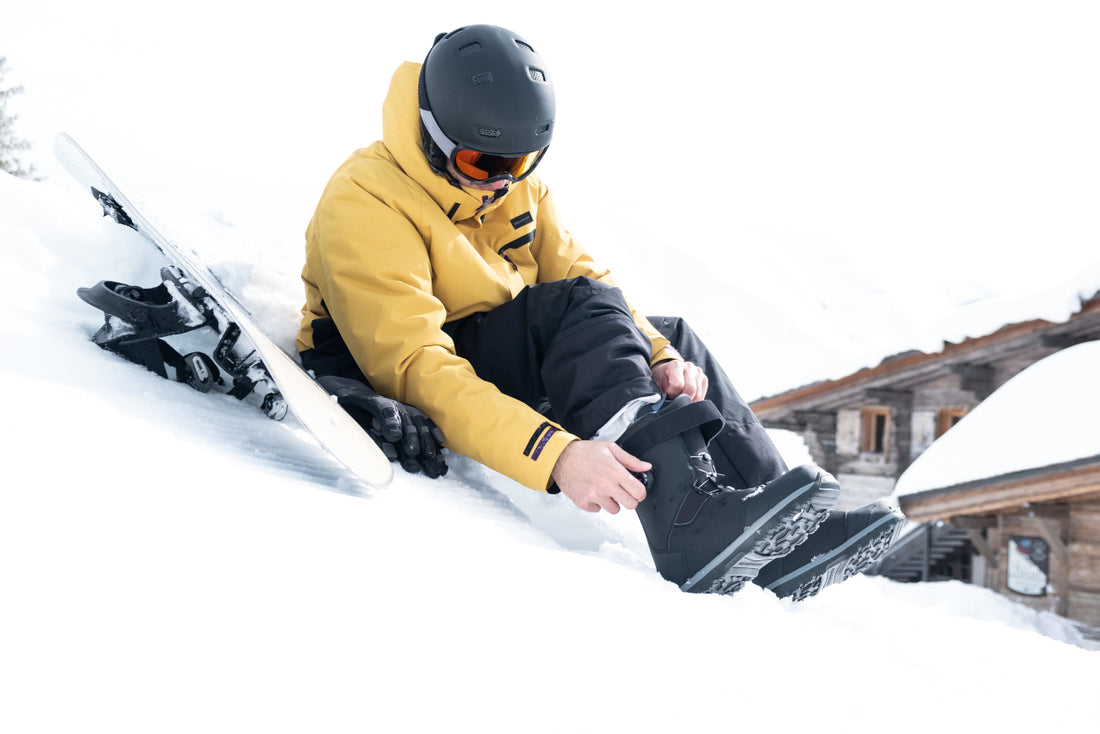Being in the middle of nature, amazed by the panorama, taking in on all the extraordinary sensations: for you, skiing is totally awesome! But are you tired of spoiling your skiing days with sore feet in your ski boots? Between small adjustments, enlightened choices and thermoforming, we can help you feel good in your ski boots and in top form on the slopes.
Wedze's advice to feel good in your ski boots:
Even if you only ski once a year, your choice of ski boots is fundamental for your comfort and the pleasure you will have when you hit the slopes. So think first of all about yourself and your needs. You must take into account all of the following points to be sure that you make the right choice:
- Your size
- Your level
- They type of skiing you want to do
- Your morphology: you may need a lot of volume, a wide cuff (large calf), a different width (wide foot) or a boot made for slim feet.
Above all, do not hesitate to try everything so that you can compare!
Did you know?
There are 3 different types of feet.
Do not hesitate to ask your sales advisers in your Decathlon store what they can do for you and which boot you should choose according to your feet.
















